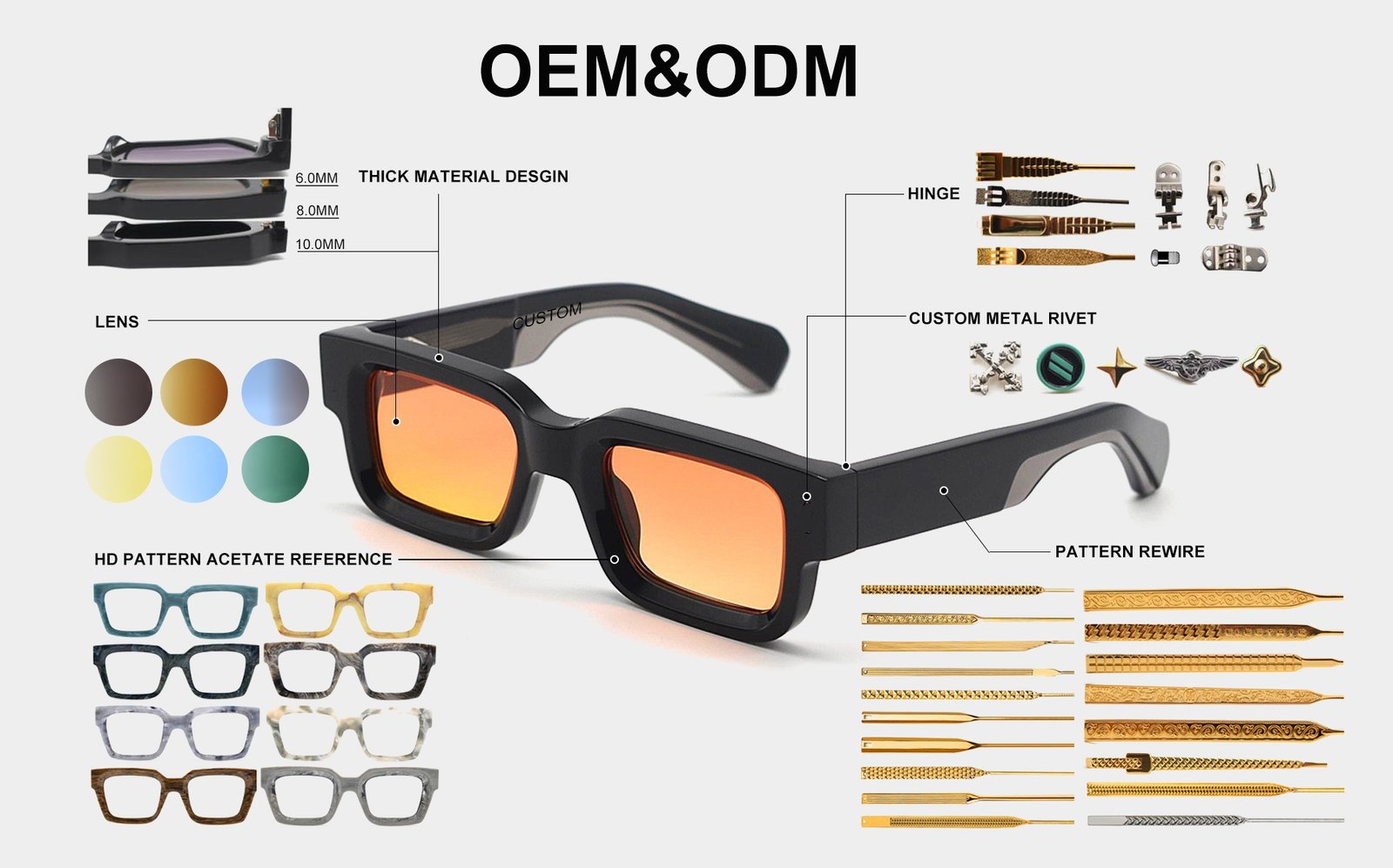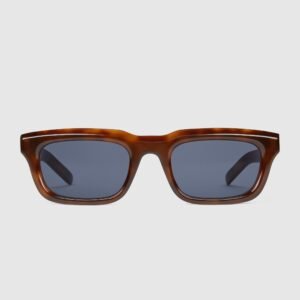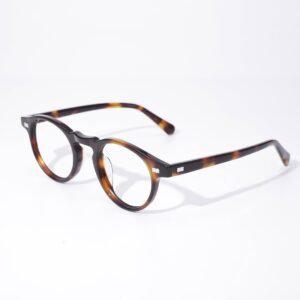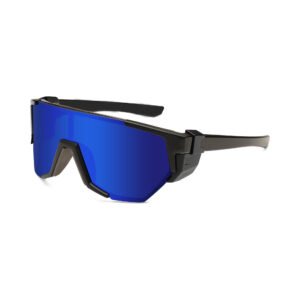Choosing the Right Eyeglass Frame Material: A Comprehensive Guide
Eyeglass frames are crafted from a variety of materials, each offering unique properties and aesthetics. Understanding these differences is key to selecting the perfect frames for your needs and lifestyle. Here’s a breakdown of common frame materials:
1. Plastic:
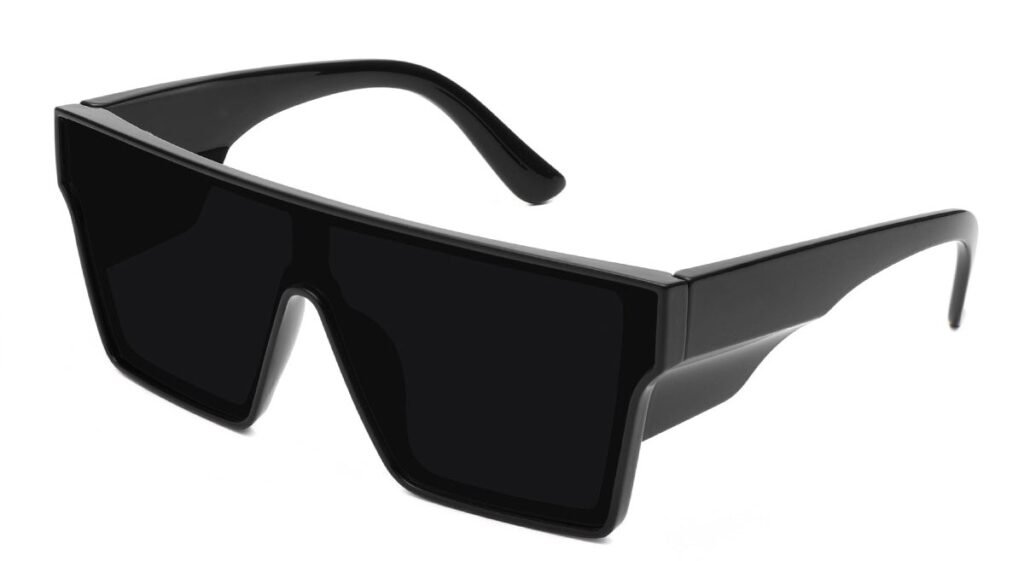
Plastic frames are popular for their affordability and ease of manufacturing. They are typically made from thermoplastic or thermosetting resins. Thermoplastic resins allow for easy adjustments and reshaping, while thermosetting resins are more rigid. Plastic frames are created through injection molding, a process that melts resin particles and injects them into molds.
2. Acetate:
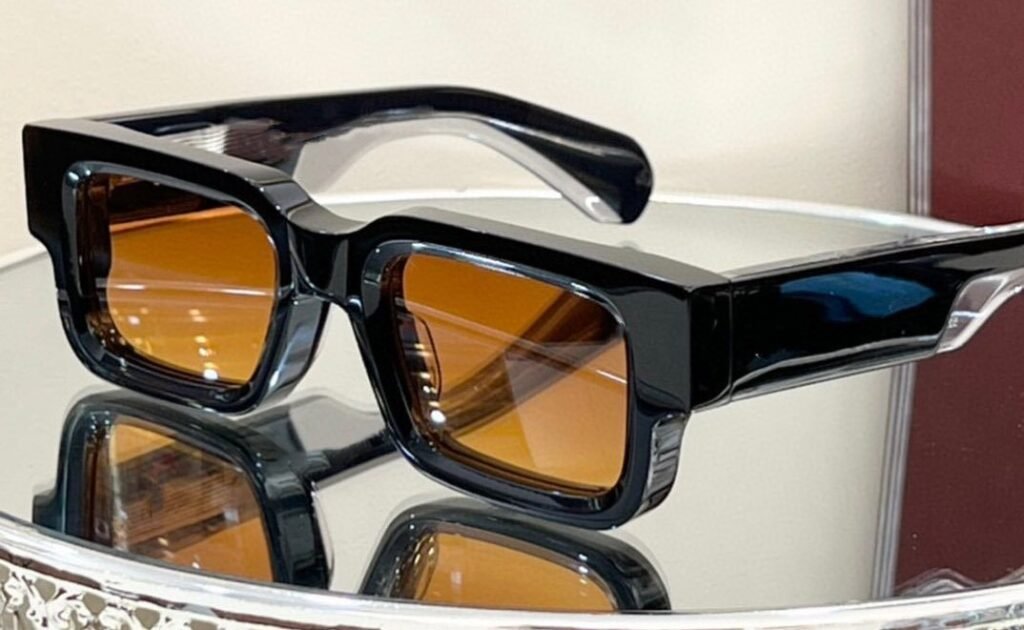
A fashionable and vibrant option, cellulose acetate is derived from cellulose treated with acids. It’s a popular choice for sunglasses due to its diverse color options and ability to complement various styles. Acetate frames are made by mixing acetate flakes with plasticizers, pigments, and dyes, then molding the mixture.
3. Metal:
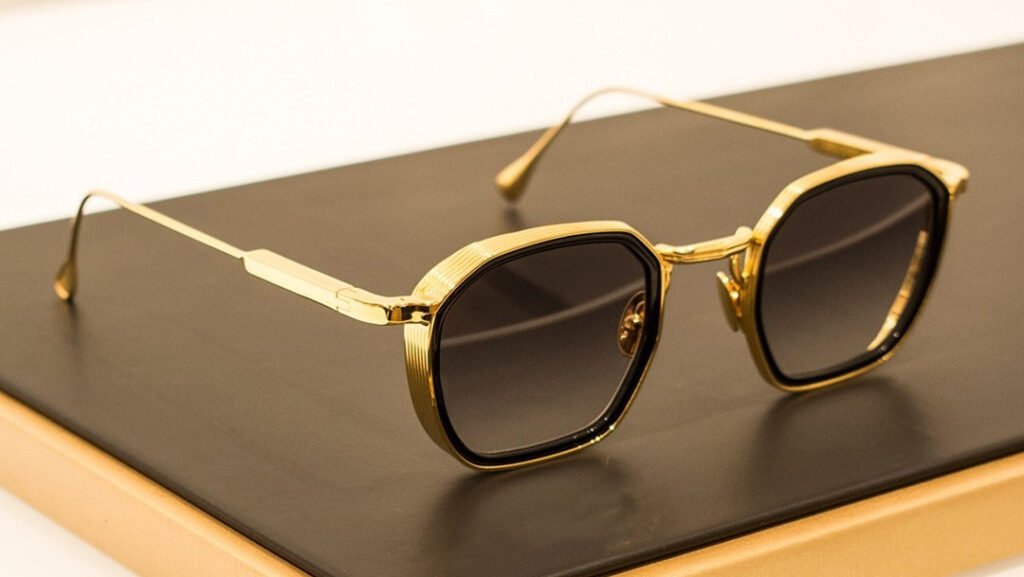
Metal frames are favored for their durability, style, and comfort. Several metals are used in eyeglass construction:
- Monel Alloy: A cost-effective copper-nickel alloy, Monel’s quality depends heavily on the electroplating process. Lower-quality plating can lead to discoloration or skin reactions.
- Stainless Steel: Lightweight, strong, and low-toxicity, stainless steel is a common material, often nickel-free to minimize oxidative stress.
- Titanium: Known for its resilience, corrosion resistance, and low oxidative stress, titanium is 40% lighter than other metals. It’s an ideal material for high-quality frames.
- Beta Titanium: A titanium alloy mixed with aluminum and vanadium, beta titanium offers greater flexibility than pure titanium, allowing for easier adjustments.
- Memory Metal: This titanium-nickel alloy (approximately 50% of each) offers exceptional flexibility, returning to its original shape even after bending. Memory metal frames are perfect for active individuals or children.
- Aluminum: Lightweight and corrosion-resistant, aluminum provides a distinct look often found in high-end and unique eyewear.
4. Wood & Bamboo:
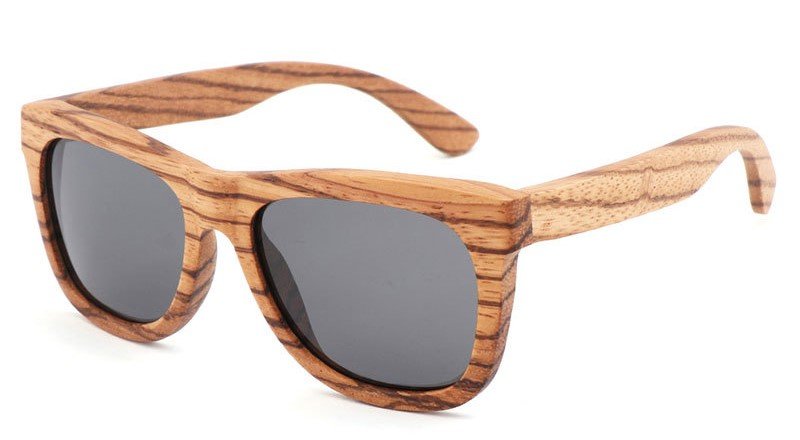
Wood and bamboo frames offer a natural aesthetic and unique texture. However, their manufacturing process is more complex. These materials are less flexible than others and require careful treatment to prevent damage from sweat and environmental factors. Adjustability and fit can also be a concern.
Combination Frames:
Many eyeglasses combine different materials, such as acetate and metal, to leverage the benefits of each.
By understanding the characteristics of each frame material, you can make an informed decision that balances comfort, durability, style, and cost.




